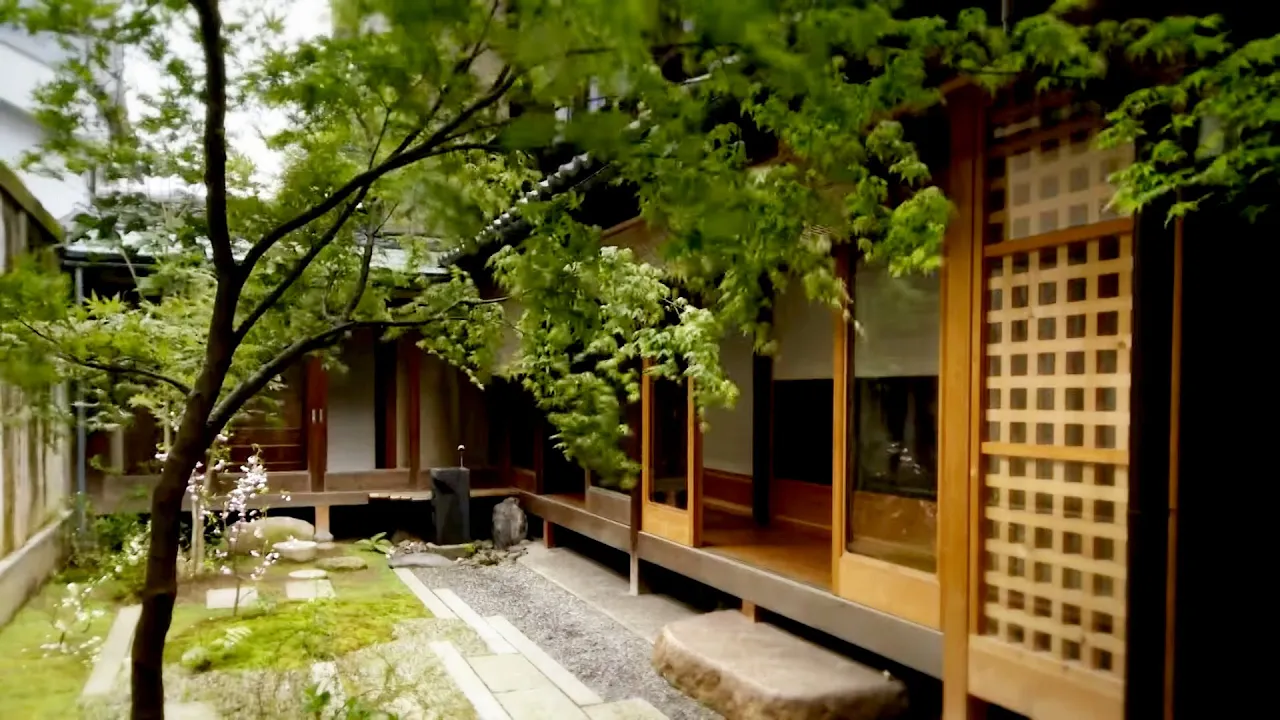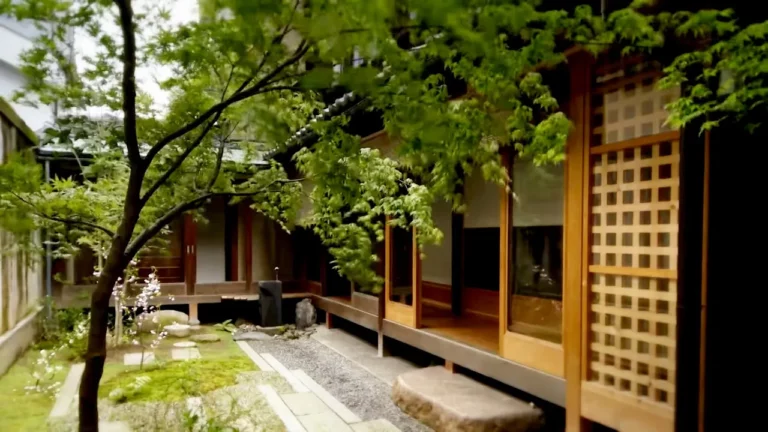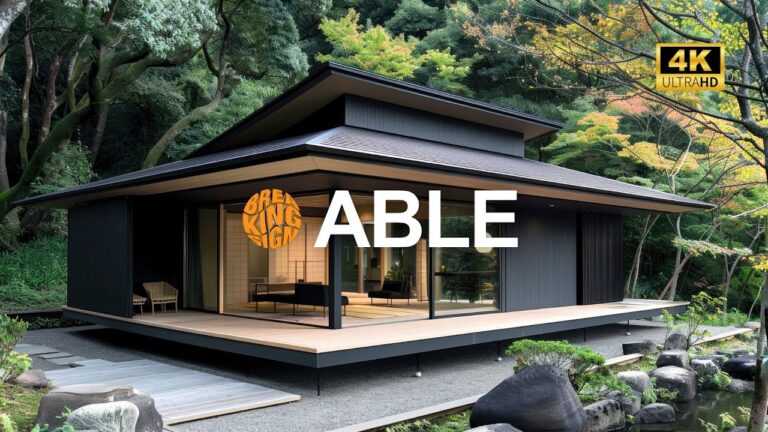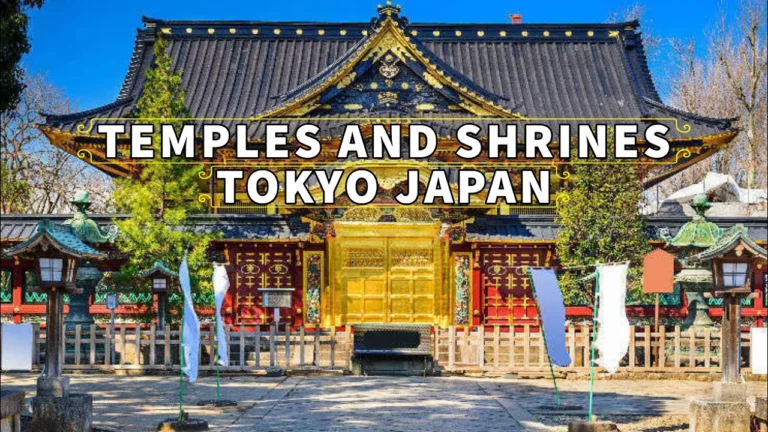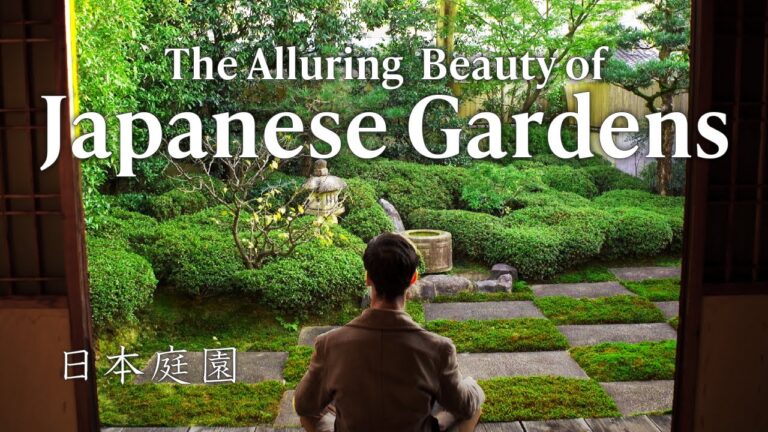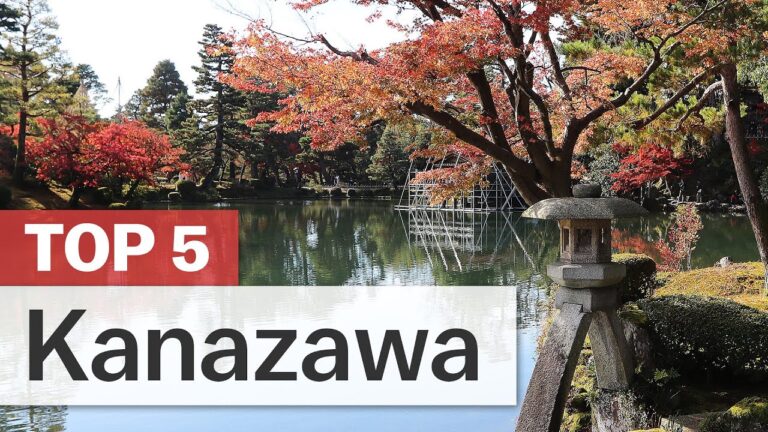Kyoto, Japan, stands as a testament to the country’s rich history and cultural heritage. As the former imperial capital, the city exudes prestige dating back over a thousand years. One of the most striking features of Kyoto is its beautifully crafted traditional homes, known as machiya. These townhouses, constructed from the 17th century onwards, offer a glimpse into a bygone era intimately linked to nature and spirituality.
The allure of machiya lies in their timeless design and adaptability to modern living. Despite initial concerns about their comfort and functionality, residents like Keshiro have found joy in living in these traditional residences. The simplicity of Japanese architecture, characterized by wooden structures, open spaces, and minimalistic design, creates a harmonious blend of form and function.
A key aspect of Kyoto’s traditional homes is their connection to nature. Gardens play a significant role, serving as contemplative spaces designed with meticulous attention to detail. Each element in the garden, from stones to plants, symbolizes a deeper meaning and contributes to the overall aesthetic.
Moreover, the transcript delves into the art of Ikebana, Japanese flower arranging, which epitomizes the harmony between nature and human expression. Ikebana represents more than a mere floral arrangement; it encapsulates Japan’s deep reverence for the changing seasons and the passage of time.
Looking towards the future, the Netherlands presents a modern twist on living with floating homes in Eiberg. These innovative structures offer a unique solution to the country’s spatial challenges while embracing the dynamic relationship between land and water. From standardized floating houses to customizable designs, residents like Rico and Marge are redefining urban living on the water.
The Dutch approach to architecture reflects a profound respect for nature and a willingness to adapt to changing landscapes. As climate change poses new challenges, the integration of water-centric developments signifies a shift towards sustainability and resilience. By embracing floating homes and aquatic projects, the Netherlands sets an example for blending tradition with innovation in modern urban planning.
In essence, the transcendent appeal of Kyoto’s machiya and the pioneering spirit of the Dutch floating homes highlight the enduring allure of traditional craftsmanship and the evolving relationship between architecture, culture, and the natural environment.
